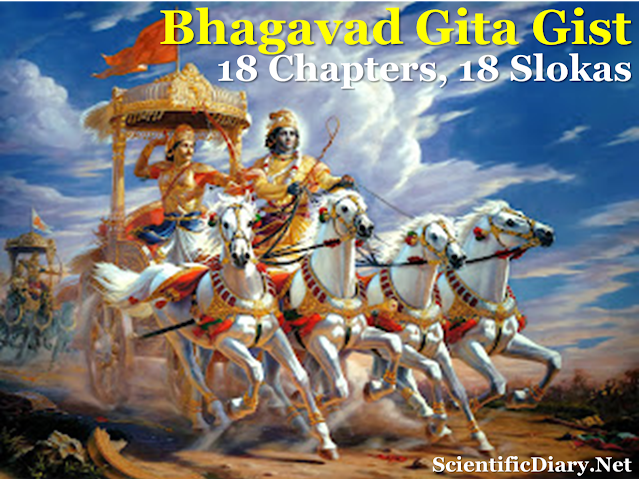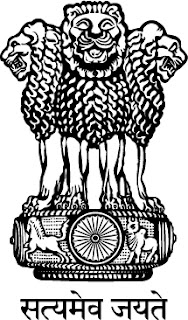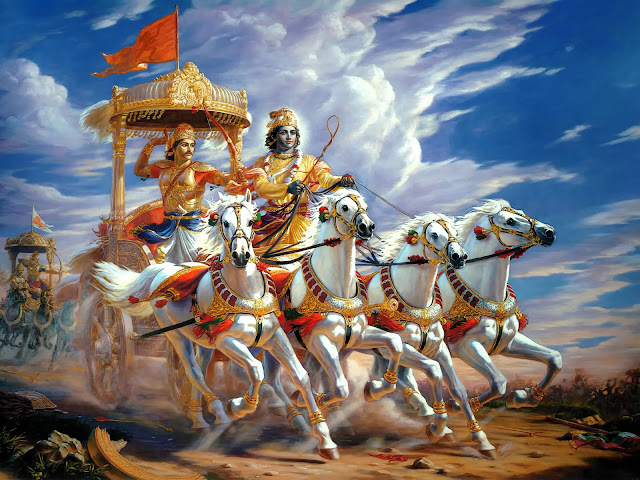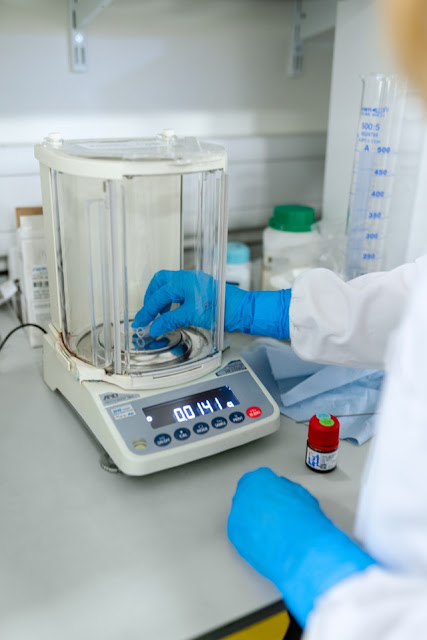Chernobyl Nuclear Disaster: Series of events on 25-26 April 1986
Chernobyl Nuclear Disaster: Series of events on 25-26 April 1986
Deadline was set by May day celebration on 1st May, that showcases the major scientific and technical updates every year.
Minimum requirement for the test: The reactor power should be in between 700-1000 MWth.The maximum power was 3200MWth.
Difficulty of the test: RBMK reactor is unstable at lower power. RBMK reactors have very high positive reactivity coefficient. Reactivity increases with increase in temperature of the reactor. This makes the reactors unable at lower power.
As per USSR version, Shutdown was planned for Unit 4 of Chernobyl RBMK reactor on 25.04.1986 for a planned maintenance work.
Photo credit: ge.com
25.04.1986
Planned shutdown for was scheduled for maintenance.
An experiment was planned in case of emergency situation and loss of station power, before the diesel generators gets switched on, whether the slowing turbine can be utilized for the generation of power so that vital components e.g. coolant pumps for cooling down the reactor can be operated. This technique is in use in various plants.
This needs the reactor to operate at lower power to mimic the shutdown condition.
Similar test were done earlier but failed due to fast decline of power from turbine. New turbo generator with special voltage regulation system was installed for the new test.
To conduct the test, power of the reactor was decreased from 3200 MWth to 1600MWth i.e. 50% of designed capacity. Power decrement took 12h of time i.e. between 01:00h to 13:00h of 25.04.1986 (Friday).
Emergency core cooling system (ECCS) was shutdown for the test at 14:00h. ECCS works by providing water for cooling the core in case emergency.
Further decrease was not allowed due to power requirement in the grid. Reactor continued to operate in this state up to 23:10h, when the power requirement in the grid was reduced and hence further reduction of reactor power was allowed.
Reduction of the power of the reactor started to desired level of 700-1000 MWth. But the power got reduced to 30MWth, either 'hold power at required level' instruction was not provided by the operator or the command was not registered in the system.
26.04.1986
By 01:00h of 26.04.1986 (Saturday), power could be increased maximum up to 200 MWth only by pulling most of the control rods too far. Power could not be increased further due to Xenon build up at lower power of operation for 12h. In special conditions with prior approval, operation reactivity margin (ORM) of 15 rod equivalent is must. To raise power above 200MWth, ORM of 6-8 rod equivalent was reached, which is very much lesser than minimum required level of 15. In normal operating conditions, the ORM limit was 30.
Feed water flow rate was increased four times from the initial level. As a result, reactor inlet coolant temperature reduced, fuel channel steam production reduced and negative reactivity effects generated.
Since the reactivity started decreasing, the automatic control rods were fully withdrawn within 30s and attempts were made to withdraw manual control rod also. But the reactivity started overcompensation, the automatic rods began to move back into the core.
By 01:22h reactor was stable to carry out the planned experiment. Automatic emergency shutdown system and other safety systems were switched off to carry out the experiment.
Feed water flow rate was brought back to the initial level. Coolant inlet temperature increased, unstable situation created.
1:23:04h: As part of the experiment, the turbine stop valve was closed. Stop valve is used to stop the flow of liquid or gas in a system. Four of the primary circulation pumps that had been connected to the test turbo generator were disconnected from their supply. Steam to the turbine was shut down. Experiment began.
Reactor power started to increase slowly.
At 1:23:40h SCRAM or 'Safety Control Rod Axe Man' (emergency button (AZ-5)) was pressed which is used for manual shut down of the reactor. Shutdown happens by sending all control rods and safety rods to the core.
Instead of decreasing reactivity power started increasing.
01:23:43: Power reached 530MWth
Absorber rods stopped on its way and could not reach to its lower stop. Layer current was also cut off to the sleeves of the servo drives to enable the rods to fall into the reactor under their own weight, which was also most likely failed.
The reactor power reached about 3,20,000 MWth i.e. 100 times the full power (3200 MWth), fuel disintegrated, and excess steam pressure broke the pressure tubes.
Number of shocks were observed at the control room.
Two explosion was seen from outside observer. 1st one at 01:24h and 2nd one within 3-4s. blows the 1,000-ton roof right off the reactor. Several walls and equipment collapsed and several were on fire including top of the neighboring reactor.
Reference
Highlighted in the textRead other posts of this website
















Comments
Post a Comment